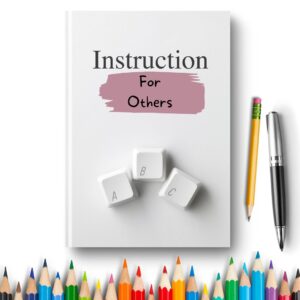Most people say they want to be happy by getting the things they want like a loving partner, a good job, health, money, etc.
What this strategy ignores is a psychological concept called Hedonic Adaptation, which is the tendency to become adapted to an experience and desensitized to its effect.
A few years ago I visited a friend who’d moved into her “dream house” several months prior. I gazed out her floor-to-ceiling window in awe imagining aloud what it must be like to have such a breathtaking view on the regular. I was struck when she said she hardly ever noticed it anymore but this is an example of the Hedonic Adaptation Effect.
When it comes to happiness, this phenomenon is particularly pesky because no matter how objectively good we have it we’ll eventually get used to it and no longer derive the pleasure we once did. If we react to this tendency unawares, we can easily find ourselves on what’s called a hedonic treadmill always running after the next pleasure without ever actually being happy.
A wide range of research has concluded that happiness is 50% genetic, 10% life circumstances, and 40% within your control (Sonja Lyubomirsky, Kennon M. Sheldon, and David Schkade). So how do we utilize the 40% we can control in a way that maximizes positive emotions? The answer is to want the things you already have. What follows are two simple practices to help you do just that.
Want/Have List
Do you want clean water to wash in and drink? Do you want fresh food, a place to live, people to love, and freedom of choice? These are things most of us in this country have come to expect and even feel entitled to, but many people in this world don’t have these things. Acknowledging things you want that you already have can be a powerful exercise in activating presence and cultivating gratitude.
“The expression of gratitude—giving voice to it—tends to predict greater happiness. A study at Kent State found when more people expressed their gratitude—consciously thinking about and writing down what they appreciated—the more likely they were to also report feelings of happiness.” – Tracy Brower, Forbes.com
Here is a worksheet you can use to explore your own Want/Have List.
Negative Visualization
This is a reflective exercise originally used by the Stoics of ancient Rome. Contrary to popular belief, Stoicism is not about divorcing ourselves from human emotions. Instead, it’s a time-tested methodology for how to respond to the human experience with wisdom and equanimity.
In this practice you imagine what it would be like to not have the things that make life convenient and satisfying and doing so in a prescribed way can keep your brain from taking things for granted. So instead of adapting to and slipping into expecting what you already have, you imagine losing it and in so doing activates a gratitude response.
It’s like when you have a near-miss accident on your way to work. For a few seconds, as your heartbeat settles down, you imagine how your life could have turned on a dime had you been involved in a crash. You might imagine being rushed to the hospital, the financial burden, the interruption of your professional and family life. And all of a sudden you’re not as bothered by the things that were weighing on your mind before. You feel like you have a new lease on life! You are awash in relief thinking how lucky you are to be safe and able to carry on your day without incident.
The Romans also had a saying that translates roughly to, “remember you’re mortal.” It’s so easy to forget that we all have an expiration date and none of us know when that is. We can get so caught up in the minutiae of life that we miss the gifts the present moment offers. Negative visualization is a way of reminding ourselves that everything is temporary so we don’t lose sight of the bigger picture.
At first, this practice may seem counterintuitive. You may believe doing this practice could make you feel sad instead of grateful but there’s a distinction between dwelling and reflecting. Negative visualization is something you become aware of briefly, a cognitive flicker of sorts, not a long-drawn-out scenario. That said, if you’ve been diagnosed with Clinical Depression this may not be a helpful practice and it’s recommended you proceed with caution.
I have found some of the Stoic practices a helpful contribution to my emotional health toolkit so if you’re interested in learning more, I suggest starting with this book by William B Irvine.



